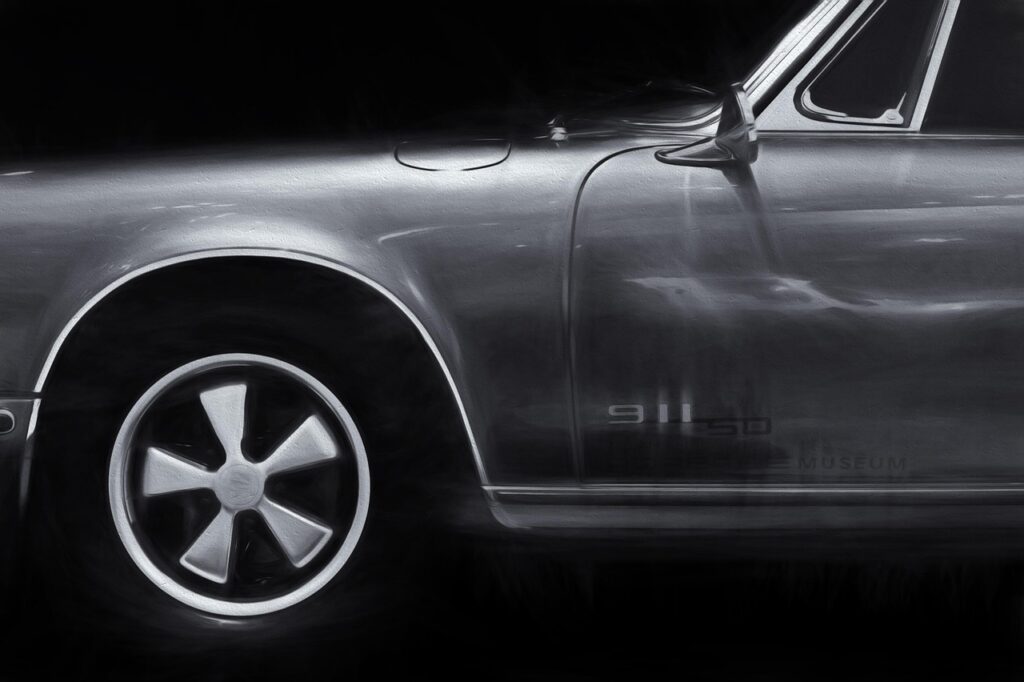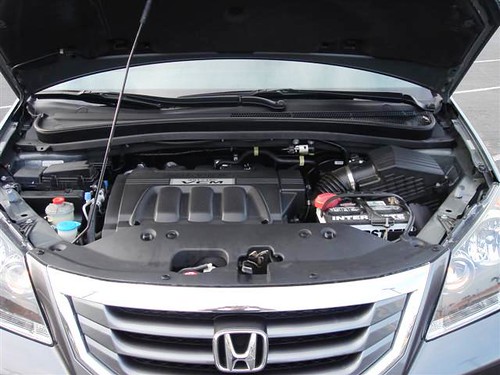
Your car’s engine isn’t just a collection of metal parts; it’s the very heart of your vehicle, a complex system that powers every journey. Just like any vital organ, it requires diligent care and attention to ensure smooth performance, reliable operation, and a long, healthy life. Ignoring its needs or adopting poor habits can lead to serious problems, transforming minor issues into catastrophic failures that are both costly and frustrating. Think of it as an investment – treating your engine well now will save you thousands in repairs and countless headaches down the road.
Many drivers understand the importance of routine maintenance, such as regular oil changes and inspections, but it’s easy to overlook the subtle habits that can gradually wear down an engine. From seemingly small oversights like ignoring a dashboard light to more aggressive driving behaviors, the choices you make every day have a profound impact. Skipping these crucial steps or falling into common traps can lead to repairs that reach up to $10,000 for an engine replacement, a price tag far higher than any preventative measure.
To help you protect this vital component, we’ve put together an in-depth guide detailing 14 critical habits that can severely damage your engine. By understanding these pitfalls and actively avoiding them, you can extend your car’s lifespan, maintain optimal performance, and enjoy the peace of mind that comes with a well-cared-for vehicle. Let’s dive into the first seven essential practices you need to master to keep your engine running strong for years to come.
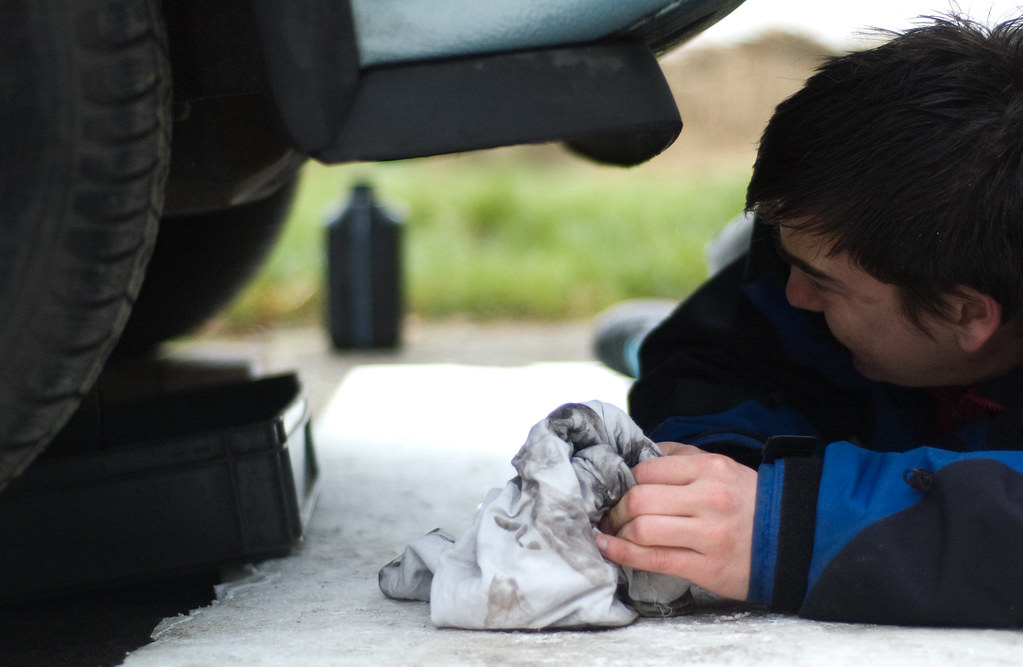
1. **Neglecting Regular Oil Changes**Ignoring regular oil changes is arguably one of the most detrimental things you can do to your car’s engine, essentially asking for trouble. Oil is the lifeblood of your engine, performing crucial roles in lubrication and cooling. It ensures that all the intricate moving parts inside are coated, reducing friction and preventing wear as they tirelessly work together. When oil levels drop too low, or the oil becomes dirty, its ability to lubricate effectively is severely compromised, putting critical engine components at risk of grinding against each other.
Beyond lubrication, engine oil plays a vital role in cooling. It carries heat away from critical areas, preventing the engine from overheating. If the oil is insufficient or contaminated, it can no longer perform this heat transfer function efficiently, which can lead to your engine overheating or even breaking down completely. This constant struggle against friction and heat without proper oil can significantly shorten your engine’s lifespan, turning a preventable issue into a major mechanical failure.
The risks associated with dirty or insufficient oil are substantial. Skipping oil changes can lead to sludge deposits, which clog vital components and restrict the flow of lubricant, further exacerbating friction and heat. This can cause severe damage, with the potential for catastrophic engine failure. The financial implications are equally severe, as replacing an engine can cost up to $10,000—a stark contrast to the modest cost of regular oil changes.
To maintain proper oil levels and ensure your engine’s longevity, it’s imperative to follow the manufacturer-recommended oil change intervals outlined in your owner’s manual. Most modern cars provide alerts when an oil change is due, and these should never be ignored. Regular oil changes not only prevent damage but also significantly improve fuel efficiency. Studies have shown that using high-quality oils can boost fuel economy by up to 8%. Additionally, make it a habit to check your oil level regularly, even between changes, using your dipstick. This simple proactive step can prevent costly repairs down the line, safeguarding your engine’s health.
Read more about: Mechanics’ Top Frustrations: 14 Bad Car Habits You Need to Stop Now to Save Money and Your Vehicle’s Life

2. **Using the Wrong Engine Oil**Just as important as changing your oil often is ensuring you’re using the *correct* type of engine oil for your vehicle. Not all oils are created equal, and what works perfectly for one engine can be detrimental to another. The specific viscosity and formulation of oil are critical for providing the lubrication required to reduce wear and tear, prevent overheating, and ensure optimal performance tailored to your engine’s design.
Modern engines are engineered with precise tolerances and material compositions that dictate the exact oil specifications needed. Using an oil with the wrong viscosity, for instance, might result in inadequate film strength at high temperatures or excessive drag at low temperatures, neither of which is beneficial. This mismatch can lead to improper lubrication, causing increased friction and heat, which accelerates wear on internal components.
Moreover, different engine oils contain various additive packages designed to provide specific protections, such as anti-corrosion, anti-foaming, and detergent properties. If you use the wrong oil, its additive package might not be compatible with your engine’s needs or could even react negatively with existing residues, leading to deposits or reduced protective qualities. This can compromise your engine’s longevity and performance, making it work harder and wear out faster.
To avoid this costly mistake, always consult your car’s owner’s manual. It explicitly states the recommended oil type and viscosity for your engine. Adhering to these guidelines is crucial for ensuring proper lubrication and helping your engine last longer. Opting for good-quality engine oil, specifically designed for your vehicle, is a smart decision that enhances reliability and keeps your car running efficiently. It’s a small detail that has a profound impact on the overall health and lifespan of your engine.
Read more about: From Anemic to Awkward: Unmasking 15 Muscle Cars That Truly Missed the Mark – And Why We Can’t Forget Them
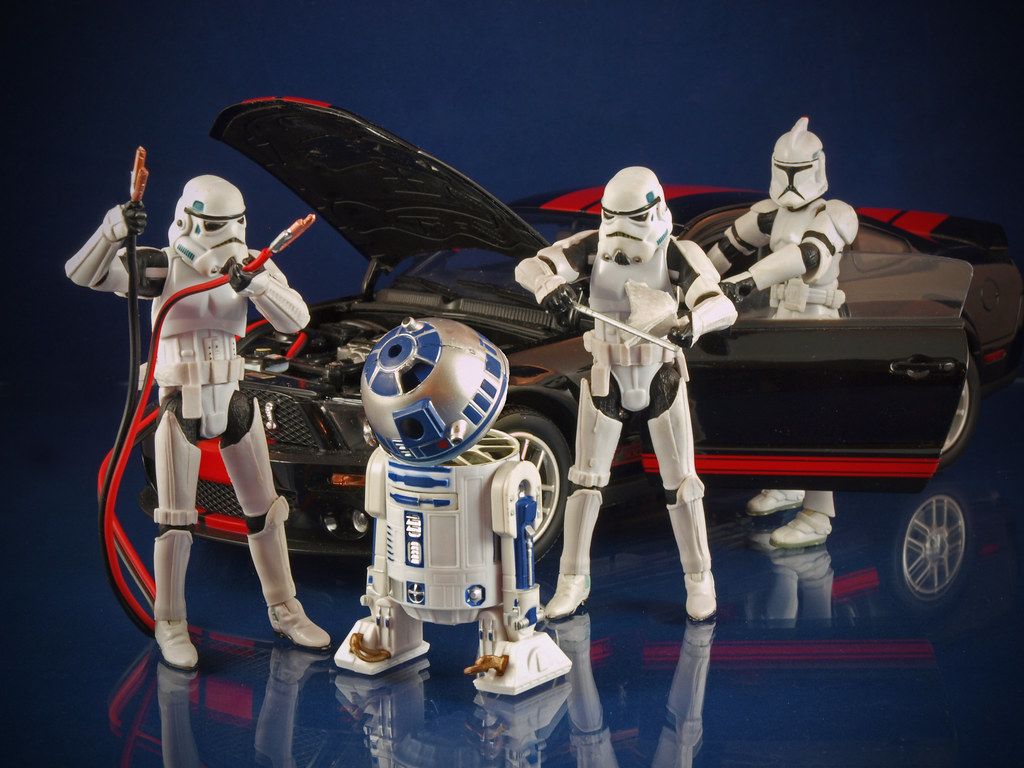
3. **Ignoring the Check Engine Light**The check engine light isn’t merely a dashboard decoration; it’s your car’s way of communicating that something is amiss, a crucial early warning system you should never overlook. While it might sometimes illuminate for seemingly minor reasons, such as a loose gas cap, ignoring it can lead to serious, expensive problems if the underlying issue is more significant. Driving with your engine compromised can transform a small, manageable repair into a major breakdown.
When the check engine light comes on, it signals a variety of potential issues within your engine’s complex systems. These can range from engine misfires, which can damage components over time, to failing oxygen sensors that might harm the catalytic converter. Faulty spark plugs or wiring issues are also common culprits that can reduce performance and fuel efficiency. These problems, if left unaddressed, have a tendency to snowball, escalating into more severe and costly repairs.
Ignoring this critical warning can have dire consequences. What starts as a minor problem can quickly lead to major engine failures, significantly increasing your repair costs down the line. Beyond mechanical damage, issues like faulty sensors can decrease fuel efficiency by up to 20%, costing you more at the pump. In the worst-case scenarios, prolonged ignorance could result in breakdowns that leave you stranded or even fines for non-compliance with emissions regulations if the problem is environmental.
When the light illuminates, the first step is not to panic, but to take action. A quick visual inspection, like checking for a loose gas cap, can sometimes resolve it. More often, you’ll need to use an OBD-II scanner to read the trouble codes, which pinpoint the exact cause. Many auto parts stores offer free scans, making it an accessible first step. Once you understand the problem, address it promptly, replacing faulty parts or consulting a trusted mechanic. Regular diagnostics can also help catch problems early, significantly reducing long-term repair costs and keeping your engine running smoothly and efficiently. Listening to your car’s plea for help now will save you a lot of headaches and money in the future.
Read more about: Mechanics’ Top Frustrations: 14 Bad Car Habits You Need to Stop Now to Save Money and Your Vehicle’s Life
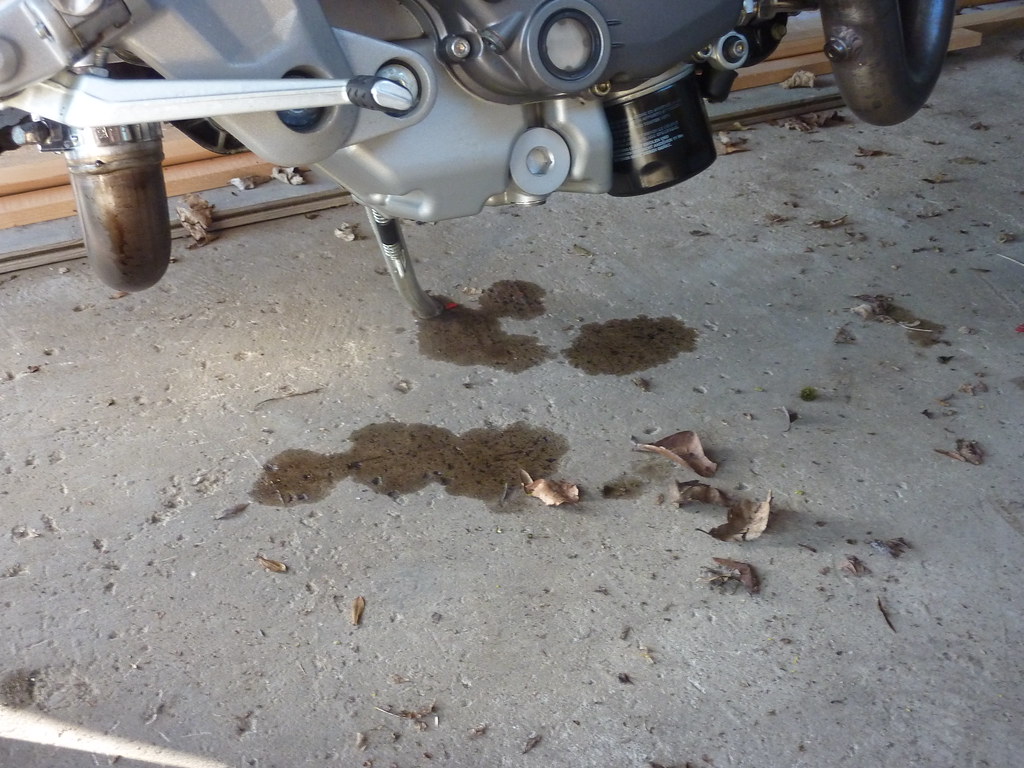
4. **Ignoring Oil Leaks**Noticing an oil leak under your car can be unsettling, and for good reason—it’s a warning sign you should never ignore. While a small drip might seem innocuous at first, it often indicates a developing problem that, if left unaddressed, can escalate into significant engine damage. Ignoring oil leaks is akin to allowing your engine to slowly bleed out its vital lifeblood, leading to severe consequences.
Oil leaks, regardless of their size, signify that oil is escaping from where it should be—within the sealed confines of your engine. This loss of oil reduces the overall volume circulating through the engine, potentially leading to insufficient lubrication, especially when the levels drop too low. As discussed, inadequate lubrication results in increased friction, excessive heat generation, and accelerated wear and tear on critical internal components like bearings, pistons, and valves. This can quickly lead to overheating and, ultimately, engine failure.
Beyond the direct impact on engine lubrication, oil leaks can also affect other parts of your vehicle. Leaking oil can drip onto hot exhaust components, creating a burning smell and a potential fire hazard. It can also contaminate belts and hoses, causing them to degrade prematurely, or even foul spark plugs and oxygen sensors, leading to misfires and reduced engine performance. What started as a simple leak can become a multi-faceted problem affecting various systems.
If you notice an oil leak, the most crucial step is to take your car to a reputable auto repair facility for a professional diagnosis without delay. A mechanic can accurately identify the source of the leak, whether it’s a worn gasket, a cracked seal, or a damaged oil pan, and recommend the appropriate repair. Understanding and fixing the problem early, before it worsens and drains your wallet, is essential for preserving your engine’s health and preventing more extensive, costly repairs down the line. Don’t wait for a minor drip to become a major crisis.
Read more about: Road to Regret: The 15 Vehicles Owners Wish They’d Never Driven Off the Lot

5. **Driving Aggressively**While the thrill of rapid acceleration or quick maneuvering might be appealing, aggressive driving habits are unequivocally one of the worst things you can do to your car’s engine. This style of driving, characterized by sudden stops, hard accelerations, and unnecessary revving, imposes immense and undue stress on every single component within your engine. It forces your engine to work overtime, accelerating wear and tear and drastically shortening the lifespan of vital parts.
Rapid acceleration, for example, demands an instant surge of power, causing engine components to undergo intense pressure and heat fluctuations. Similarly, harsh braking, while not directly impacting the engine’s internal workings, puts strain on the transmission and indirectly on the engine as it cycles through different load conditions. This constant stress doesn’t allow the engine to operate within its optimal parameters, leading to premature fatigue and eventual failure of components that would otherwise last much longer.
Revving your engine to high RPMs, particularly in neutral, is another aggressive habit that severely damages your engine. High RPMs generate excessive heat and friction, far beyond what the engine is designed to handle regularly. This can cause significant damage to internal components such as pistons, connecting rods, and bearings. Beyond the mechanical stress, aggressive driving also has a direct negative impact on your fuel economy, meaning you’re literally burning money at the pump while simultaneously harming your engine. Studies show aggressive driving can lower fuel economy by 15-30% on highways.
The best way to protect your car’s engine and extend its life is to adopt smoother, more mindful driving habits. Accelerate gradually, brake gently, and avoid any unnecessary revving. These simple adjustments minimize idle time, reduce fuel consumption, and significantly decrease the wear and tear on your engine components, prolonging its life. By driving more carefully, you’ll not only save money on fuel and potential repairs but also enjoy a much smoother, quieter, and more reliable ride for years to come. Your engine will certainly thank you for it.
Read more about: 15 Classic Cars You Might Want To Skip: An Expert Guide for Discerning Collectors
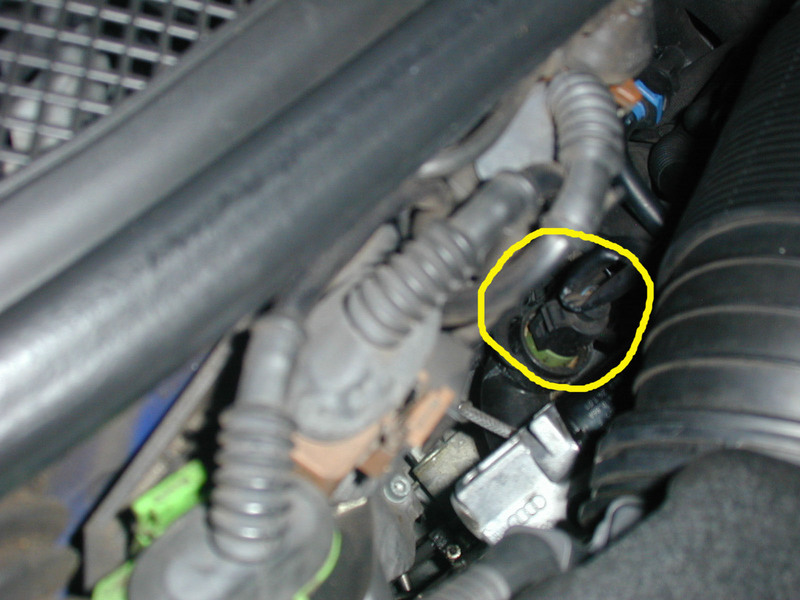
6. **Neglecting Coolant Levels and Using Wrong Coolant/Water**Your engine generates an immense amount of heat, and without an effective cooling system, it would quickly overheat and self-destruct. The coolant, or antifreeze, is a critical component of this system, working tirelessly to regulate engine temperature. Neglecting coolant levels or, worse, using the wrong type of coolant or substituting it with plain water, are habits that can lead to severe and irreparable engine damage.
Failing to check your coolant level regularly is a common oversight. If the coolant level drops significantly, it indicates a potential leak or excessive evaporation, both of which can lead to insufficient cooling. Low coolant levels mean the engine cannot effectively dissipate heat, making it prone to overheating. An overheated engine can result in catastrophic failures such as blown head gaskets, warped cylinder heads, and other costly internal damage that can destroy the engine.
Even more critical is the choice of coolant. Water is emphatically not a substitute for coolant. Coolant is specially formulated with a blend of antifreeze properties to prevent freezing in cold weather and anti-boiling properties to prevent overheating in hot conditions, something plain water cannot do. Furthermore, coolants contain corrosion inhibitors specifically designed to protect the various metals and materials in your engine and cooling system from rust and degradation. Water lacks these protective qualities and can cause rapid corrosion, leading to system blockages and component failure.
Using the wrong type of coolant, even if it’s marketed as antifreeze, can be equally damaging. Different coolants have distinct chemical compositions and additive packages that are compatible with specific engine designs and materials. Mixing incompatible coolants or using a non-approved type can cause a chemical reaction that reduces or cancels out the effectiveness of corrosion inhibitors, leading to scaling, corrosion, or premature failure of components like the water pump, radiator, and heater core. Always consult your owner’s manual for the precise coolant type recommended for your vehicle and purchase it from a trusted source, even if it means a slightly higher cost. This small investment ensures peace of mind and significantly extends your engine’s lifespan.

7. **Overloading the Vehicle**While your vehicle is designed to carry a certain amount of weight, routinely overloading it is a habit that can inflict significant strain on your engine and other critical components. It’s not just about making the ride feel heavier; it directly impacts your engine’s performance, efficiency, and longevity. Pushing your car beyond its specified weight limits forces the engine to work harder than it was designed to, with serious consequences.
When your car carries excessive weight, the engine has to generate more power to move the additional load, particularly during acceleration, climbing inclines, or maintaining highway speeds. This increased effort leads to higher operating temperatures and greater internal stress on the engine components. The constant strain can accelerate wear and tear on everything from pistons and connecting rods to the crankshaft, potentially shortening the engine’s lifespan and increasing the risk of premature failure.
The transmission also bears a heavy burden when a vehicle is overloaded. It’s forced to shift more frequently and work under higher stress, leading to accelerated wear on clutches and gears. This can result in transmission overheating and potential failure, which can indirectly impact the engine’s performance and overall vehicle reliability. Ultimately, an overloaded vehicle places undue stress on the entire powertrain, creating a domino effect of potential issues.
Beyond mechanical strain, overloading your vehicle significantly reduces fuel efficiency. A heavier vehicle requires more energy to move, meaning your engine consumes more fuel to cover the same distance. This not only costs you more money at the pump but also contributes to increased emissions and heat generation within the engine bay. To protect your engine, always adhere to your vehicle’s weight limits, which are typically found in your owner’s manual or on a sticker inside the driver’s door frame. Distribute heavy items evenly when loading your car, and avoid carrying unnecessary loads. These simple practices will reduce strain on your engine, improve fuel economy, and ensure a smoother, safer ride for years to come.
We’ve covered the fundamental errors that can undermine your engine’s health, from the basics of oil and coolant to avoiding aggressive driving. However, the journey to a truly long-lasting engine doesn’t end there. Many other habits, some seemingly minor, can contribute to significant wear or catastrophic failure. In this second half of our guide, we will delve into seven more destructive habits, emphasizing critical component replacements, correct fluid usage, and other preventative measures often overlooked. Understanding these pitfalls will better equip you to extend your car’s lifespan and enjoy thousands more miles of reliable performance.
Read more about: Mechanics’ Top Frustrations: 14 Bad Car Habits You Need to Stop Now to Save Money and Your Vehicle’s Life

8. **Allowing Oil Level to Drop Too Low**While regular oil changes are paramount, it’s equally critical to ensure the oil level never drops too low between services. Many modern engines naturally consume a small amount of oil, so you could be running low without realizing it, even with diligent oil change intervals.
When the oil level dips significantly, engine components lose their protective coating. This immediately increases friction, causing metal parts to grind together without adequate cushioning. Such friction generates excessive heat, rapidly accelerating wear on bearings, pistons, and camshafts, leading to major mechanical damage. Beyond lubrication, insufficient oil volume also impairs heat dissipation, making the engine prone to overheating and catastrophic failures like warped cylinder heads or blown head gaskets.
Protecting against dangerously low oil levels requires a simple, proactive habit: regularly checking your oil with the dipstick, ideally monthly or before long journeys. Topping up with the correct type of engine oil as needed is a small effort that prevents a cascade of expensive problems, ensuring your engine remains properly lubricated and cooled.
Read more about: Who’s Still Bringing the Sunshine? Catching Up with the Enduring Cast of ‘Eight Is Enough’!
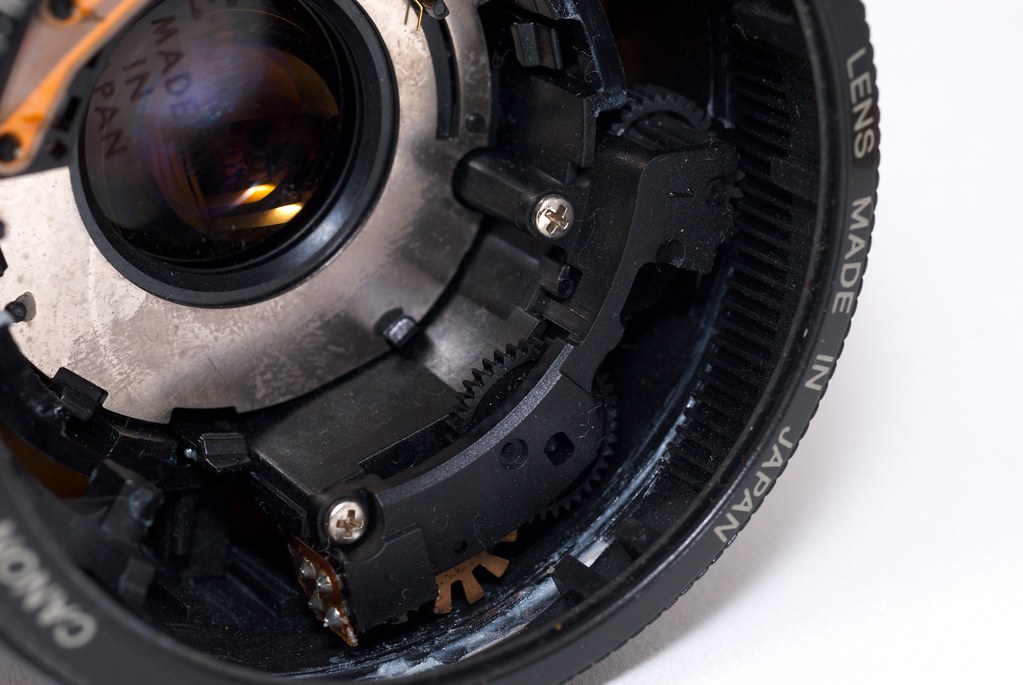
9. **Riding the Clutch**For manual transmission drivers, “riding the clutch” can inflict undue stress on your powertrain. This occurs when you inadvertently rest your foot on the clutch pedal, even slightly, without fully engaging or disengaging. This continuous light pressure causes clutch components to remain in partial contact.
The consequence is a constant, subtle friction between the clutch plate and the flywheel. This ongoing slippage causes premature wear and generates excessive heat within the clutch assembly. It degrades clutch material and can transfer heat to the transmission, indirectly stressing other drivetrain components. This significantly shortens clutch lifespan, leading to early, expensive replacements, potentially affecting the pressure plate and flywheel as well.
To avoid this detrimental habit, ensure your foot is completely off the clutch pedal unless actively shifting or stopping. When waiting, shift into neutral and release the clutch entirely. This simple practice preserves your clutch, extends transmission life, and helps maintain the overall health of your vehicle’s drivetrain.
Read more about: Mechanics’ Top Frustrations: 14 Bad Car Habits You Need to Stop Now to Save Money and Your Vehicle’s Life

10. **Skipping the Timing Belt Replacement**The timely replacement of your vehicle’s timing belt is a critical, yet often overlooked, maintenance task. This vital component synchronizes the crankshaft and camshaft rotations, ensuring valves open and close precisely for efficient combustion.
Neglecting this service carries immense risk. Timing belts are made of rubber and degrade over time. If a timing belt breaks, especially in an “interference” engine, the consequences are catastrophic. Valves can collide with pistons, leading to bent valves, damaged pistons, cylinder head damage, and potentially the complete destruction of internal engine components.
Such a failure almost always necessitates a complete engine rebuild or replacement, far exceeding the cost of preventative replacement. A broken timing belt means immediate, total engine failure, leaving you stranded and facing an enormous repair bill. Always consult your owner’s manual for recommended replacement intervals to safeguard your engine’s integrity.
Read more about: Lease of Regret: 15 Used Car Models to Avoid at All Costs for a Stress-Free Ride
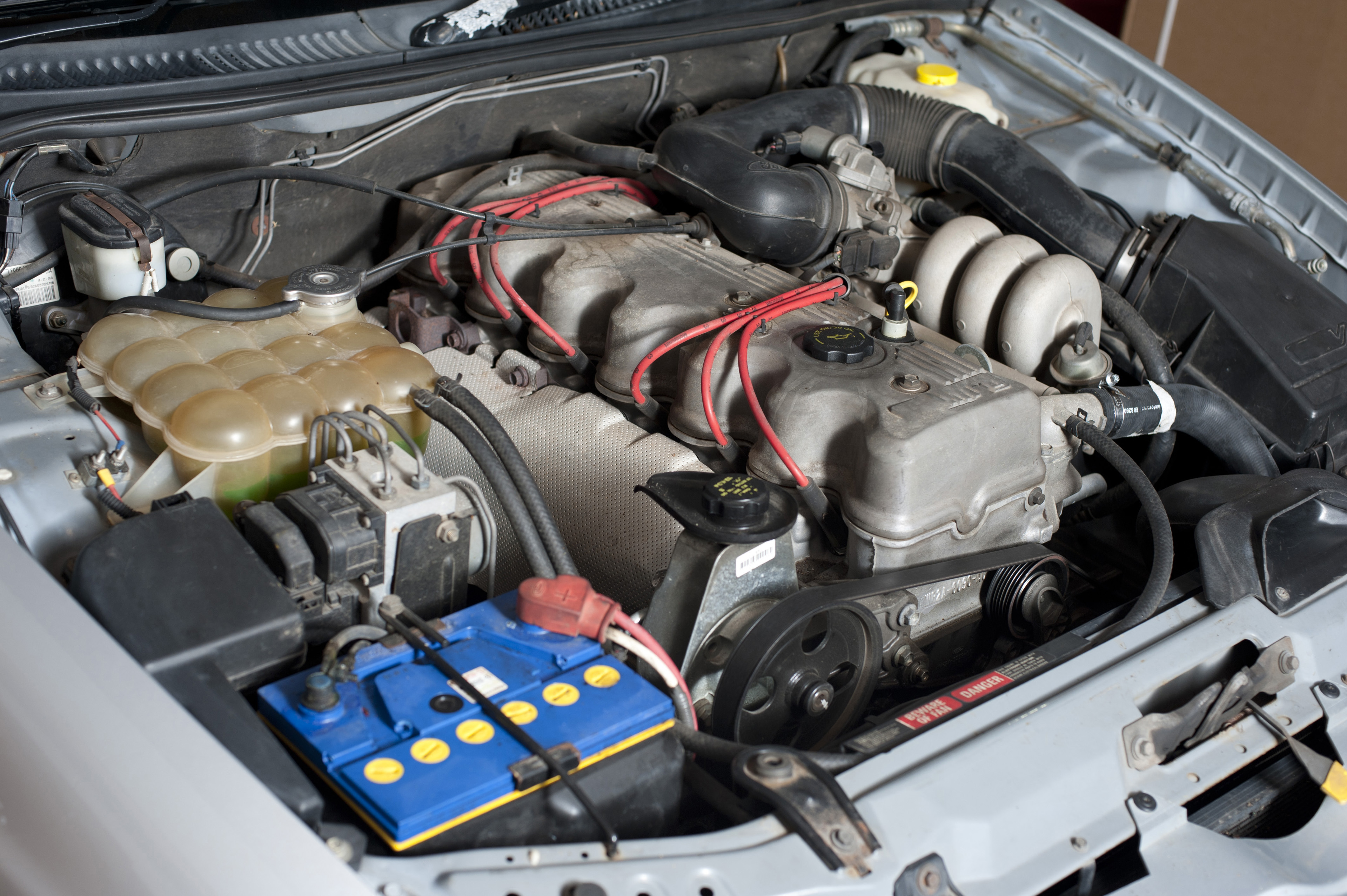
11. **Ignoring Engine Overheating**The sight of your temperature gauge in the red or steam under the hood is an urgent cry for help from your engine, never to be ignored. Overheating signals a severe problem, and continuing to drive with it is one of the quickest ways to inflict irreparable damage.
When an engine overheats, excessive heat causes critical metal components to expand beyond design tolerances. This can warp the cylinder head, compromising the head gasket seal and leading to a blown head gasket—a notorious and costly repair. Prolonged overheating can also cause pistons and bearings to seize, leading to catastrophic engine failure.
What might start as a minor issue (low coolant, faulty thermostat) rapidly escalates into an engine-destroying event if warnings are disregarded. If your engine overheats, safely pull over and shut it off immediately to cool down. Never continue driving. Consult a professional mechanic promptly; addressing the first signs of overheating can save your engine and spare you immense repair costs.
Read more about: Mechanics’ Top Frustrations: 14 Bad Car Habits You Need to Stop Now to Save Money and Your Vehicle’s Life
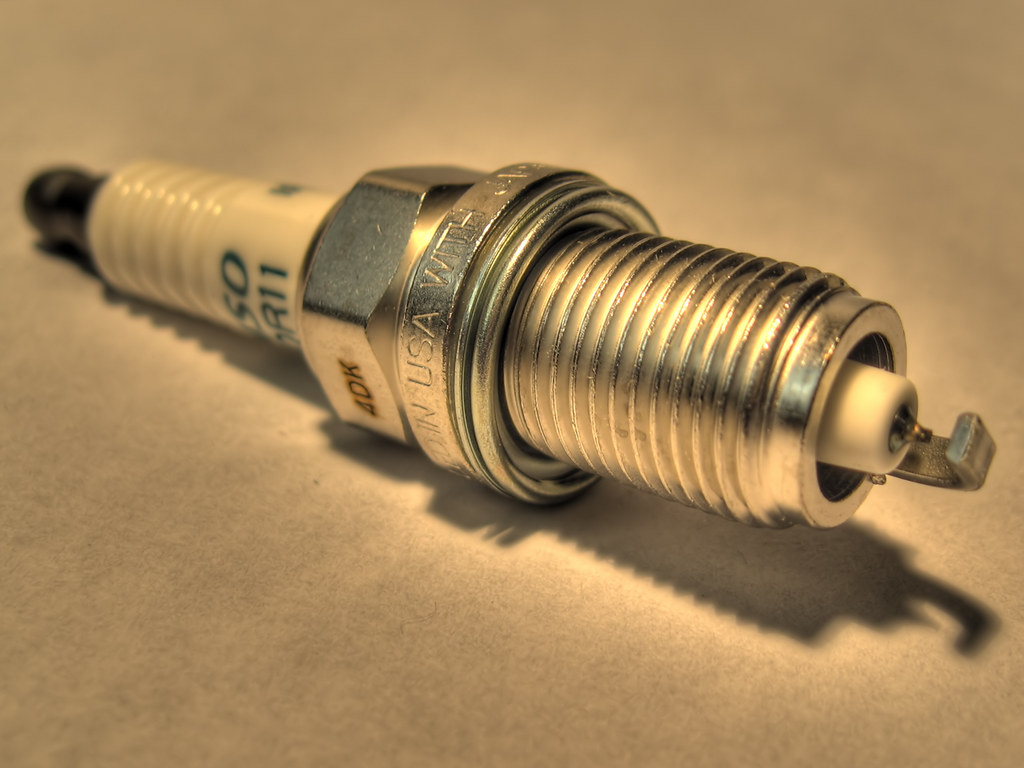
12. **Skipping Spark Plug Replacement**Spark plugs are fundamental to efficient engine operation, igniting the air-fuel mixture. While they have a considerable lifespan (30,000 to 90,000 miles), neglecting timely replacement leads to performance issues and long-term engine damage.
As spark plugs wear, electrodes erode, increasing the gap for a spark. This reduces ignition effectiveness, causing “engine misfires.” Misfires mean incomplete combustion, resulting in reduced power, rough idling, and decreased fuel efficiency, making driving less smooth and more costly. Delaying replacement also leads to unburnt fuel damaging components like the catalytic converter, and misfire strain accelerates wear on other engine parts.
To ensure peak efficiency, adhere strictly to the spark plug replacement schedule in your owner’s manual. This preventative maintenance is inexpensive and straightforward, offering significant returns in optimal fuel economy, smooth engine performance, and extended lifespan of engine components.
Read more about: Mechanics’ Top Frustrations: 14 Bad Car Habits You Need to Stop Now to Save Money and Your Vehicle’s Life
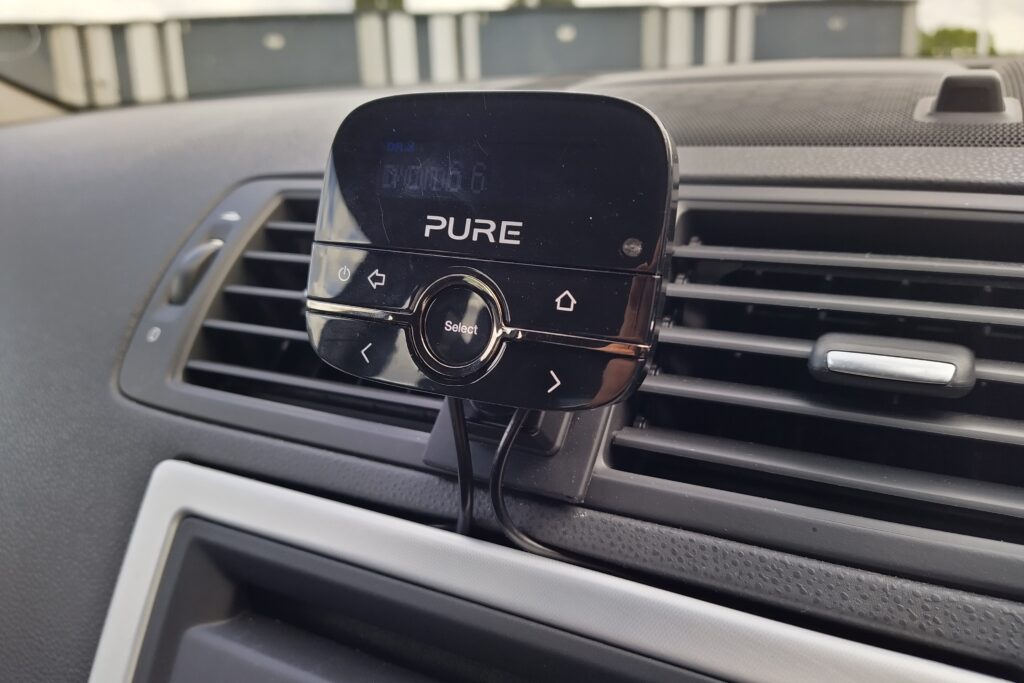
13. **Using Cheap Aftermarket Parts**The appeal of saving money on cheaper aftermarket parts can be strong during repairs. However, this often backfires, leading to compromised performance, premature failure, and ultimately, more expensive engine repairs. While some aftermarket parts are high-quality, many cheaper alternatives do not meet the rigorous standards for your engine’s complex systems.
The distinction lies in quality and compatibility. Cheap components often use lower-grade materials or less precise tolerances than OEM parts, leading to inferior fit, reduced durability, and a shorter lifespan. For instance, a low-quality oil filter might fail to trap contaminants, or a cheap sensor might provide inaccurate readings.
Such parts directly damage your engine. Components designed for heat and pressure may fail prematurely if not built to OEM specifications, causing leaks, blockages, or mechanical failures that compromise integrity. Trying to save upfront can result in paying far more later through accelerated wear and catastrophic breakdowns. Prioritize quality; research reputable brands or choose OEM parts for engine longevity.
Read more about: Beyond Nostalgia: 12 Enduring Reasons Why Classic Cars Still Outshine Modern Vehicles for True Enthusiasts

14. **Using a “Universal” Fluid in Your Power Steering or Transmission**Drivers are often tempted by “universal” power steering or transmission fluids, claiming broad compatibility. However, car manufacturers strongly disagree; their reservations stem from concrete engineering principles. No single fluid can adequately meet the diverse, often mutually exclusive, requirements of every system.
Modern automotive systems, especially transmissions and power steering, are precisely engineered. Each manufacturer specifies fluids with unique viscosity profiles, additive packages, and friction modifiers tailored to specific materials and operating conditions. A “universal” fluid simply cannot possess the precise chemical composition to perfectly lubricate, cool, and protect every conceivable design.
Using an incompatible fluid can be severe. In power steering, wrong fluid might cause inadequate lubrication, leading to premature pump or steering gear failure. For transmissions, incorrect fluid can cause improper clutch engagement, overheating, accelerated wear on gears and seals, and expensive transmission failure. These systems are critical to overall powertrain and engine efficiency. Always consult your owner’s manual for exact fluid specifications. The marginal savings from a “universal” fluid are minuscule compared to replacing a damaged transmission or power steering system.
As we’ve journeyed through these 14 critical habits, it becomes abundantly clear that your car’s engine isn’t merely a machine; it’s a testament to precision engineering that rewards vigilance and informed care. Each of these practices—from diligent oversight of fluid levels and types to timely replacement of crucial components and adoption of smooth driving techniques—plays a pivotal role in your engine’s destiny. Neglecting any one can initiate a costly chain reaction, transforming minor oversights into devastating failures.
But here’s the good news: armed with this knowledge, you hold the power to drastically extend your vehicle’s life, maintain its peak performance, and sidestep those dreaded, budget-busting repair bills. The investment of a little time and attention now translates into thousands of dollars saved and countless miles of worry-free driving. Treat your engine as the heart of your vehicle, give it the consistent care it deserves, and it will faithfully carry you on many more journeys to come. By embracing these preventative measures, you’re not just maintaining a car; you’re investing in enduring reliability and peace of mind. Keep that engine purring like new, mile after glorious mile!



